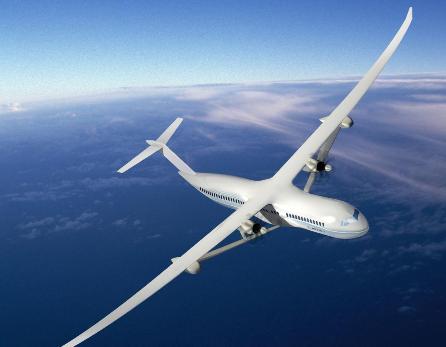NASA has awarded $16.5 million in additional funding to three companies and one university who had been developing "N+3" technologies for 2030-timeframe transport category aircraft under a 2008 contract.
Deliverables for phase two of the program will include refined concepts and models "that can be tested in computers, laboratories and wind tunnels", says the agency.
Not included in the phase two funding are programs to develop supersonic aircraft, which represented two of the six winners under the $12.4 million, 18-month phase one program that concluded in April 2010.
Boeing will receive $8.8 million for a three-year extension to continue work on its truss-braced wing and hybrid electric powered subsonic ultra green aircraft research (SUGAR) design. In addition to studying lightweight materials and engine concepts, the Boeing team will design, construct and test wind tunnel and computer models of the airplane.
 |
|---|
©BOEING |
The Massachusetts Institute of Technology (MIT) won $4.6 million under a three-year contract to forward its "double bubble" airplane design. The team, which includes Pratt & Whitney, will build a model for testing and "explore the challenges of high-efficiency, small-core engine technology" for the project, says NASA.
Cessna Aircraft's $1.9 million, 27-month contract calls for developing and testing what the company calls "magic skin" to protect aircraft from lightning, electromagnetic interference, extreme temperatures and object impacts. "The skin would heal itself if punctured or torn and help insulate the cabin from noise," says NASA.
Northrop Grumman won a 14-month, $1.2 million contract develop innovative wing leading edge high-lift devices. "If engineers can design a smooth edge without the current standard slats, airplanes would be quieter and consume less fuel at cruise altitudes because of the smoother flow of air over the wings," says NASA.
Source: Air Transport Intelligence news



















